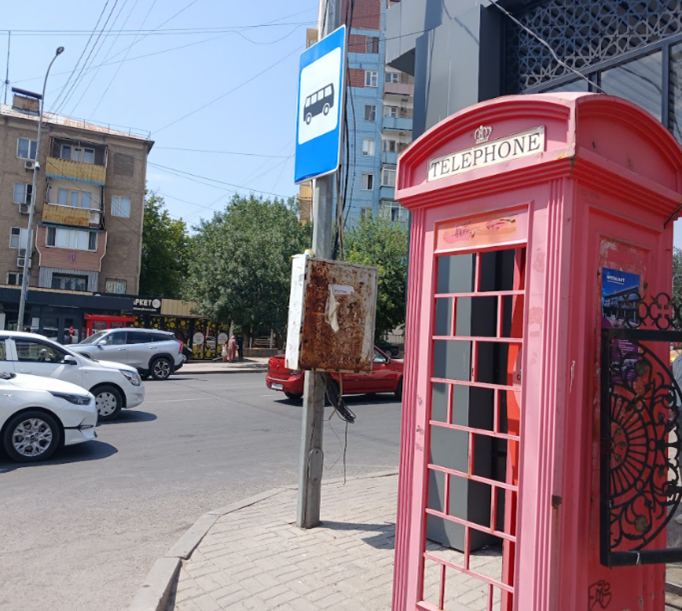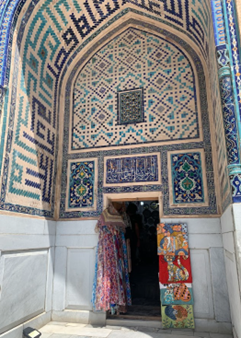“M-work” in Central Asia
For those who are giving their lives to serving the people of Uzbekistan and Kazakhstan with the gospel of Christ, the on-the-ground approach to winning souls is deeply relational. This is eased along in no small part by a wonderfully entrenched culture of hospitality in the region. Despite Islamic nominalism, sensitivities about Islamic beliefs and values render any overt critiques counterproductive at best, and outright dangerous at worst. Instead, becoming deeply intertwined with the local language and culture enables genuine friendships with local Muslims to flourish, through which hearts are softened and the good news of Jesus more organically shared. One local missionary told us of a long-term friendship whereby her good friend’s eyes were spectacularly opened to the truth that only a sinless substitute could pay for her sin, which is exactly what God incarnate was willing and able to do. And so another entered the Kingdom, a precious Kazakh sister.
This relational emphasis also made the short-term nature of our trip quite stark; we were on a learning experience but (apart from one team member) were still completely like fish out of water, depending on translation apps, locals speaking English, and on being given grace for our cultural clumsiness. To truly serve somewhere like Uzbekistan and Kazakhstan, so much more investment and sheer dedication is needed before fruit is seen. Perhaps some of us who went will be called upon to give just that. Nevertheless, God gave us some precious reminders of his presence with us on this trip and of his providential care over and around us. There were various gospel opportunities and surprising conversations with locals that reminded us beyond a shadow of a doubt that God is powerfully at work in this part of the world.
Closing thoughts
There are so many more details I could mention in this blog. From a human stampede at the Kazakh-Uzbek border, to eating flayed sheep’s head, to early morning prayer walks around Samarkand, we had an intense, exciting, exhausting and spiritually invigorating time. Our experiences in Central Asia have been formational and significant for each and every one of us, whether we sense a call to overseas missions or not. That said, I think there’s an even better note to leave things on. Despite its nominalism and superficiality, Islam’s presence in Uzbekistan and Kazakhstan is still highly visible and permeates much of life there. It likes to see itself as grand and dominant. Yet, as we met some local believers in Kazakhstan, we saw the humble marks of the Spirit of the true and living God at work. There was no grand architecture, no proud history of military largesse, no obvious displays of external religiosity. But in their home we witnessed joyful hearts, vibrant family life, abundant food and humble prayer. We heard testimonies of sharing Jesus when you’re essentially the only Christian around. We enjoyed listening to husbands and wives singing in Kazakh a simple worship song, praising our Lord Jesus. We saw, in essence, a tiny but powerful branch of the Kingdom of God bursting out of the mustard seed in a faraway land. God is there. God is on the move.
As our host told us as we closed the evening off, “Tell people at home that there are Kazakh Christians. We are here. Pray for us.”
Our team is committed to exactly this. Might you be?





